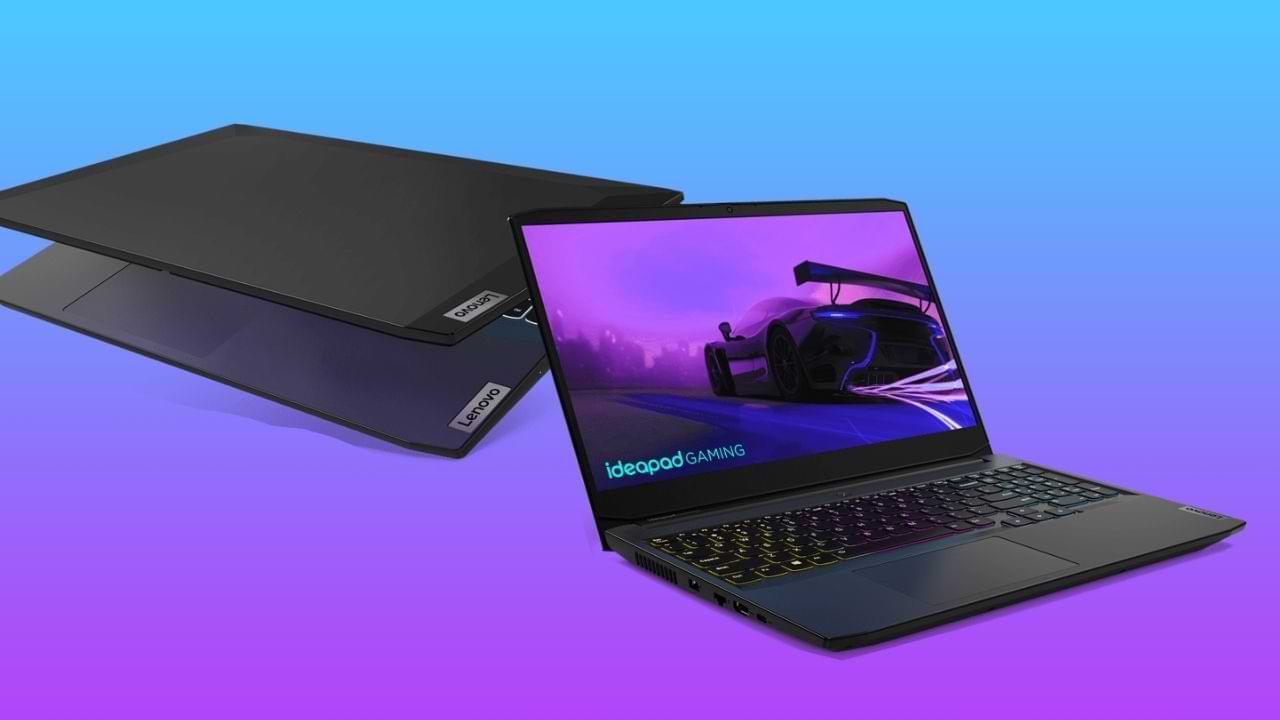
Authorized Laptop Repair Service
Best rated laptop repair service center near you
4.8 avg rating from over 6k laptop users in Dwarka, Gurgaon & nearby locations
Call @8826073373 to FIX
Few things are as frustrating as a laptop that won’t turn on, especially when it greets you with nothing but a series of cryptic blinking lights. Whether you’re in the middle of a critical project or just trying to catch up on some leisure activities, this problem can bring your productivity to a grinding halt. But fear not!
This guide will help you decode those blinking lights and get your laptop up and running again.
Let’s FIX your Laptop 🤙
Understanding the Blinking Lights
Laptops are designed with diagnostic indicators to help users and technicians diagnose problems. These indicators often come in the form of blinking lights on the power button, keyboard, or other areas of the laptop. The sequence and color of these lights can provide valuable information about what’s preventing your laptop from turning on.
Common Blinking Light Patterns and Their Meanings
- One Blink Followed by a Pause: This typically indicates a power issue. Your laptop might not be getting enough power, or there could be a problem with the battery or charger.
- Two Blinks: This often signifies a hardware issue, such as a malfunctioning motherboard.
- Three Blinks: This usually points to a memory (RAM) problem.
- Four Blinks: This can indicate a critical hardware failure, such as a problem with the graphics card or CPU.
- Continuous Blinking: This often suggests a firmware or BIOS issue.
Step-by-Step Troubleshooting
Before exploring more complex solutions, begin with the basics:
1. Check the Power Source
- Ensure the power outlet is working: Try plugging another device into the same outlet to verify it’s providing power.
- Examine the power cable and adapter for any signs of visible damage. If you have a multimeter, you can check the output voltage to ensure it’s within the expected range.
2. Perform a Hard Reset
- Remove the battery (if it’s removable) and disconnect the power adapter.
- Hold down the power button for 15-20 seconds to release any remaining power. Then, plug in the power adapter (leaving the battery out) and attempt to power on the laptop.
3. Check for Loose Connections
- Inspect the RAM: If your laptop allows easy access to the RAM, try reseating it. Sometimes, a loose RAM module can prevent the laptop from booting.
- Inspect other internal connections: If you’re comfortable opening your laptop, check other internal connections to ensure nothing has come loose.
4. Remove External Devices
- Disconnect all external devices (USB drives, printers, etc.) and try to boot the laptop. Sometimes, a faulty external device can cause boot issues.
5. Test with a Different Battery or Charger
- If possible, test your laptop with a different battery or charger. This can help determine if the issue lies with the power supply.
Advanced Troubleshooting
If the basic steps don’t resolve the issue, it may be time to delve deeper:
1. BIOS/UEFI Reset
- Sometimes, a corrupted BIOS/UEFI can prevent the laptop from booting. Consult your laptop’s manual or manufacturer’s website for instructions on how to reset the BIOS/UEFI.
2. Check for Error Codes
- Refer to your laptop’s manual or the manufacturer’s website for a list of error codes. The blinking lights might correspond to specific error codes that can help diagnose the problem.
3. Replace Internal Components
- If you suspect a hardware failure, you may need to replace internal components such as the RAM, hard drive, or even the motherboard. This can be a complex process, so consider seeking professional help if you’re not comfortable doing it yourself.
When to Seek Professional Help
If you’ve tried all the troubleshooting steps and your laptop still won’t turn on, it might be time to seek professional help. A certified technician can diagnose and repair hardware issues that are beyond the scope of basic troubleshooting.
Conclusion
A laptop that won’t turn on and shows blinking lights can be a daunting problem, but with a systematic approach, you can often identify and resolve the issue. Start with the basics, refer to your laptop’s manual for specific error codes, and don’t hesitate to seek professional help if needed. With a little patience and perseverance, you’ll be back to work (or play) in no time.
Other Laptop Brand Service:
On this page: